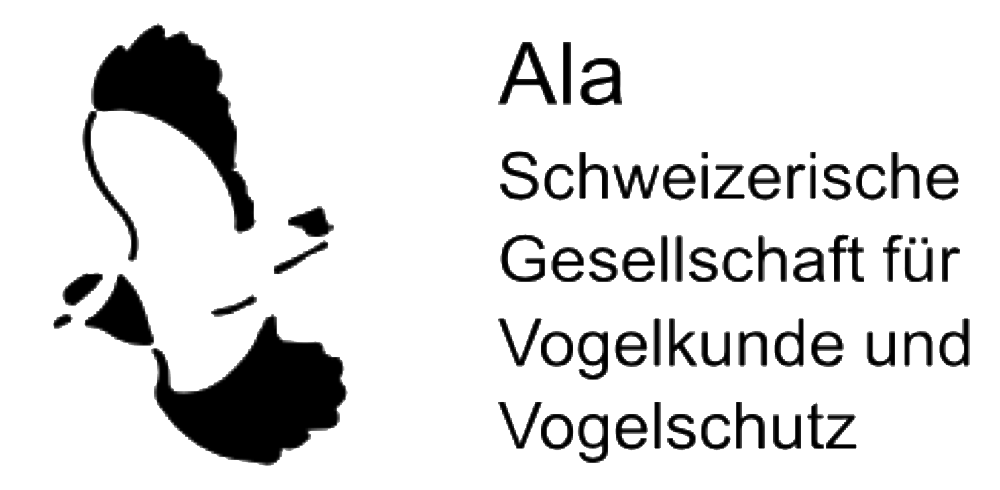Artikel-Suche
einfache Suche | erweiterte Suche
Autor(en)
Valentin Moser, Alexandre de Titta, Samuel Büttler, Jaro Schacht, Franck Lehmans, Lionel Maumary, Peter Ertl
Titel
Überwinternde Lachmöwen Chroicocephalus ridibundus in der Schweiz sind Winterquartier und Tagesstandort jahrelang treu: Ergebnisse aus Basel und Morges
Jahr
2025
Band
122
Seiten
152–167
Key words
(von 1994 bis 2006 vergeben)
(von 1994 bis 2006 vergeben)
Schlagwort_Inhalt
Überwinterung, Habitatnutzung
Schlagwort_Vogelart
(wissenschaftlich)
(wissenschaftlich)
Chroicocephalus ridibundus
Schlagwort_Vogelart
(deutsch)
(deutsch)
Lachmöwe
Schlagwort_Geogr.
Basel, Morges, Zürich
Sprache
deutsch
Artikeltyp
Abhandlung
Abstract
Overwintering Black-headed Gulls Chroicocephalus ridibundus are faithful to their winter quarters and their daytime locations for years: results from Basel and Morges – Black-headed Gulls are among the most conspicuous winter visitors to Switzerland. The Black-headed Gull utilises urban habitats for wintering to a greater extent than most other species. This urban presence and the fact that the Black-headed Gull is not very shy made it a favourite subject of study since the beginning of regular overwintering in cities in the 19th and early 20th centuries. The present study builds on earlier studies, documenting further aspects of behaviour in the wintering grounds and changes over time. We recorded 1361 Black-headed Gull rings from 224 individuals from 21 countries during 9 winters in the Basel (northwestern Switzerland) and Morges (canton of Vaud, western Switzerland) area. Evidence from breeding colonies came from 17 of these countries, mostly of north-eastern origin, mainly from Poland and the Czech Republic. Up to 19% of the wintering birds were juveniles, more than at the beginning of the 20th century. The Black-headed Gulls wintering here showed high fidelity to the wintering grounds and even to the daytime location, in some cases for many years. Over the course of a season, 77% of Black-headed Gulls (n = 56) could mostly be observed at one location only, and a further 18% at two locations. Over the years, 46% of the Black-headed Gulls (n = 59) were only observed at one daytime location and a further 34% at a maximum of two. This suggests that Black-headed Gulls specialise in particular feeding sites in winter and remain loyal to them for years.
PDF Dokument (öffentlich)
PDF Dokument (registrierte Mitglieder)












